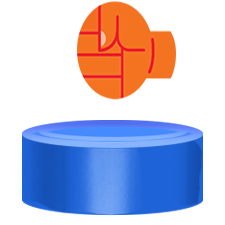安装 Steam
登录
|
语言
繁體中文(繁体中文)
日本語(日语)
한국어(韩语)
ไทย(泰语)
български(保加利亚语)
Čeština(捷克语)
Dansk(丹麦语)
Deutsch(德语)
English(英语)
Español-España(西班牙语 - 西班牙)
Español - Latinoamérica(西班牙语 - 拉丁美洲)
Ελληνικά(希腊语)
Français(法语)
Italiano(意大利语)
Bahasa Indonesia(印度尼西亚语)
Magyar(匈牙利语)
Nederlands(荷兰语)
Norsk(挪威语)
Polski(波兰语)
Português(葡萄牙语 - 葡萄牙)
Português-Brasil(葡萄牙语 - 巴西)
Română(罗马尼亚语)
Русский(俄语)
Suomi(芬兰语)
Svenska(瑞典语)
Türkçe(土耳其语)
Tiếng Việt(越南语)
Українська(乌克兰语)
报告翻译问题
















https://www.instagram.com/nuviajs.web
I do is:
have the 3d model and the uv map ready, I use blender for this, it is recommended that you build the model from some image, I make them with direct images from the wiki, this way it is much easier to put the "animation" in the model, since if you worked with a gif and the model layer is directly that of the gif, you only need to apply the gif as a base texture, for that I use VTFedit, remember that VTFedit does not accept gifs, you have to cut frame by frame the animation and then export all the png or jpg depending on the case to VTFedit, like this, you only apply the texture as if it were a normal base texture, and in the code you put:
"AnimatedTexture"
{
"animatedTextureVar" "$basetexture"
"animatedTextureFrameNumVar" "$frame"
"animatedTextureFrameRate" "1".
Sorry if I don't explain myself well, I'm translating this answer xD.
Hope this can help you!